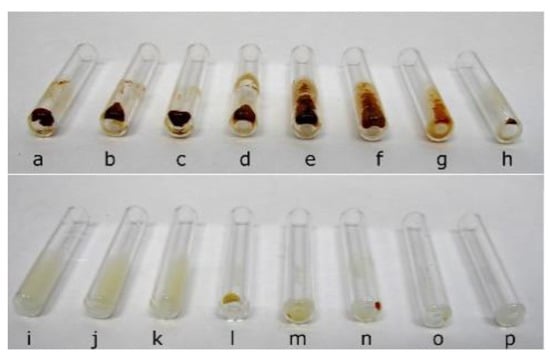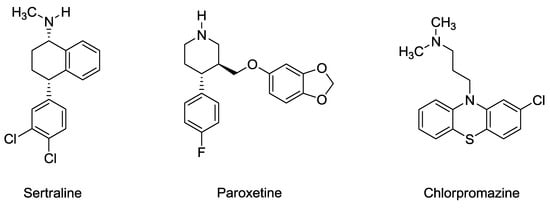Breakthroughs in Medicinal Chemistry: New Targets and Mechanisms, New Drugs, New Hopes (Closed)
A topical collection in Molecules (ISSN 1420-3049). This collection belongs to the section "Medicinal Chemistry".
Viewed by 38518Editors
Interests: multitarget anti-Alzheimer agents; hybrid compounds; cholinesterase inhibitors; amyloid anti-aggregating compounds; BACE-1 inhibitors; antiprotozoan compounds
Special Issues, Collections and Topics in MDPI journals
Interests: design and synthesis of innovative drugs; phosphatase enzymes up-regulators; modulation of the cell calcium signal; purinergic receptors antagonists
Special Issues, Collections and Topics in MDPI journals
Topical Collection Information
Dear Colleagues,
In May 2017, the ‘’Medicinal Chemistry’’ section of Molecules launched the series of Editorials Breakthroughs in Medicinal Chemistry: New Targets and Mechanisms, New Drugs, New Hopes [1], which are published on a biannual basis. In these editorials, the section Editorial Board highlight in brief reports (of about one hundred words) selected recent articles from all publishers that describe groundbreaking findings, such as the discovery of novel drug targets and mechanisms of action or novel classes of drugs, which are expected to inspire future medicinal chemistry endeavors devoted to addressing prime unmet medical needs. Encouraged by the acceptance of this series of editorials, and in a further effort to improve our services for the medicinal chemistry community, we have decided to go beyond the brief highlights of the editorials by setting up a parallel topical collection, with the same name. The topical collection will consist of a series of Special Issues to be published annually, which will collect provoking Comments, Opinions, Perspectives, Reviews, and Original Research Articles that focus on the hot topics that have been highlighted in the two previously published editorials. These regular longer-form contributions will elaborate on the background of the hot topics selected in the editorials, to better outline the high potential of these works and shape future medicinal chemistry and drug discovery strategies. Thus, this topical collection will be a unique platform to increase awareness, in a timely manner, of the current greatest challenges and most promising discoveries in the medicinal chemistry and drug discovery field.
- Muñoz-Torrero, D.; Mangoni, A. A.; Guillou, C.; Collina, S.; Vanden Eynde, J. J.; Rautio, J.; Keseru, G. M.; Hulme, C.; Chibale, K.; Luque, F. J.; Karaman, R.; Gütschow, M.; Liu, H.; Ragno, R. Breakthroughs in Medicinal Chemistry: New targets and mechanisms, new drugs, new hopes. Molecules 2017, 22, 743.
Prof. Dr. Diego Muñoz-Torrero
Dr. Cristobal De Los Rios
Collection Editors
Manuscript Submission Information
Manuscripts should be submitted online at www.mdpi.com by registering and logging in to this website. Once you are registered, click here to go to the submission form. Manuscripts can be submitted until the deadline. All submissions that pass pre-check are peer-reviewed. Accepted papers will be published continuously in the journal (as soon as accepted) and will be listed together on the collection website. Research articles, review articles as well as short communications are invited. For planned papers, a title and short abstract (about 100 words) can be sent to the Editorial Office for announcement on this website.
Submitted manuscripts should not have been published previously, nor be under consideration for publication elsewhere (except conference proceedings papers). All manuscripts are thoroughly refereed through a single-blind peer-review process. A guide for authors and other relevant information for submission of manuscripts is available on the Instructions for Authors page. Molecules is an international peer-reviewed open access semimonthly journal published by MDPI.
Please visit the Instructions for Authors page before submitting a manuscript. The Article Processing Charge (APC) for publication in this open access journal is 2700 CHF (Swiss Francs). Submitted papers should be well formatted and use good English. Authors may use MDPI's English editing service prior to publication or during author revisions.
Related Special Issue
Full article











